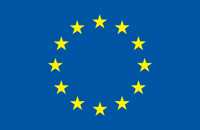Heritage values: New Forms for old Uses
Heritage Architecture and Urbanism
New Forms for old Uses
The versatility of new materials such as concrete allows for new building spaces that were unthinkable before. Therefore, existing uses previously linked to a traditional building technology and form, come to explore new spatial configurations that imply new ways of using space, and, ultimately, transform the typology itself. Reinforced concrete brought the possibility of covering large spaces using different structural strategies in a much cheaper and faster way than before. Market places and trade fairs were typologies that embraced the new material for big-span structures, but concrete was also soon used to experiment in typologies such as churches to create innovative spaces. In infrastructures, the revolution that followed the appearance of concrete meant a completely new way of building bridges and allowed a completely new scale for infrastructures like dams, canals, or highways.


